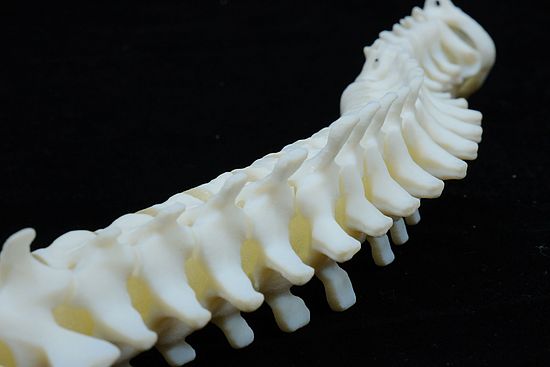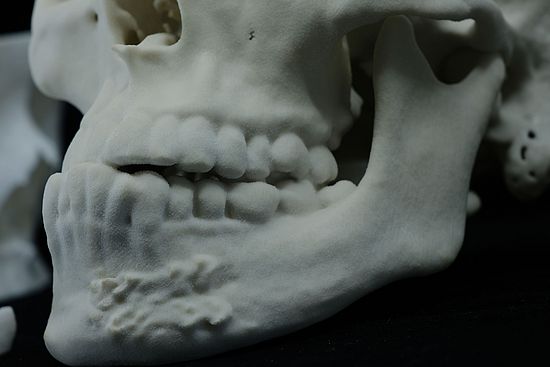Biomed Flex (Rubber-like) Resin Material Details

General Informations
Flex 80A is a resin material designed for use in Stereolithography 3D printing, abbreviated as SLA. In its raw form, Flex 80A is a liquid material that solidifies (polymerizes) using UV laser technology. Flex 80A is engineered to simulate the properties of thermoplastic TPU (Thermoplastic Polyurethane). However, due to the UV curing process, it exhibits some variations from traditional TPU, lacking meltability and possessing increased brittleness.
Flexibility Flex 80A is characterized by a rubber-like flexibility. The flexibility of the printed part can be tailored by adjusting its geometry. It's important to note that the flexibility cycles of Flex 80A are limited. Components made from Flex 80A cannot endure sustained flexural stress.
Ideal for Water Applications One significant advantage of SLA-printed parts is their high density and water resistance, making them suitable for floating and water flow tests. Additionally, the exceptional surface quality makes Flex 80A parts ideal for wind tunnel applications and fluid dynamics analysis.
Weather Resistance SLA parts, including those made from Flex 80A, are generally not weather- or UV-resistant and are often employed for prototyping purposes. It's recommended to use components made from Flex 80A in environments shielded from outdoor exposure.
Support Material In SLA 3D printing, the support material is identical to the printing material and requires manual removal, which can impose limitations on design freedom compared to other manufacturing methods.
Post-Processing Flex 80A parts can be post-processed to achieve high-quality results. They can be produced with fine details (down to 0.05 mm) and sharp edges. Through post-processing steps like painting or coating, these parts can be adapted for long-term applications.
Printing in BIOMED Flex Resin
Minimum Wall: 0.6 mm
Smalest Detail: 0.1 mm
Layer hight: 0.05 mm
Max Print size:145 × 145 × 185 mm
Tollerance: 0.2% min ±0.15 mm
Delivery Times: Typicaly 5-8 Businessdays
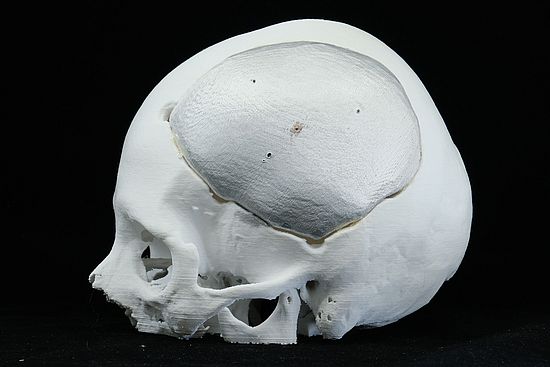
Pro`s and Con`s
Pro:
- Exceptionally Smooth Surface: Flex 80A produces parts with an extremely smooth surface finish, ideal for applications where aesthetics and precision are critical.
- High Detail Accuracy: It offers outstanding dimensional precision and the ability to replicate very fine details in 3D prints.
- Very Small Details Possible: Flex 80A allows for the creation of intricate and minuscule details in your 3D printed components.
- High Flexibility: The material exhibits a high degree of flexibility, suitable for applications requiring rubber-like properties.
- High Precision: Flex 80A parts are known for their precision and dimensional accuracy.
- Excellent Impact Absorption: Flex 80A offers excellent shock absorption properties, making it suitable for impact-related applications.
Con:
- Low UV Resistance: Flex 80A is not resistant to UV radiation and may degrade over time when exposed to sunlight or UV sources.
- Not Weather-Resistant: It is generally not recommended for outdoor or weather-exposed applications due to its lack of weather resistance.
- Manual Support Removal: In SLA 3D printing, the support material used is the same as the printing material and requires manual removal, which can be time-consuming.
- Limited Longevity (Accelerated Aging): Flex 80A is not suitable for long-term use in applications subjected to continuous flexing and stress, as it may undergo accelerated aging.
Applications of BIOMED Flex Resin 3D Print
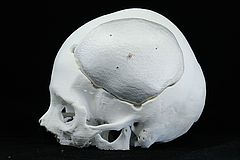
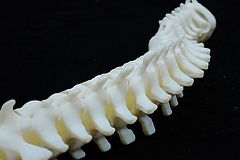
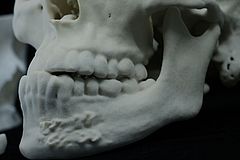
Applications of Flex 80A Resin 3D Printing Flex 80A is versatile and finds applications in various fields, including:
- Prototyping for Injection Molding: Flex 80A is ideal for creating prototypes that closely mimic injection-molded parts, aiding in mold design and testing.
- Seals: It is commonly used for manufacturing seals due to its flexible and rubber-like characteristics.
- Stops and Dampers: Flex 80A is suitable for producing components such as stops and dampers that require a balance of flexibility and durability.
- Functional Prototypes: The material is well-suited for producing functional prototypes with intricate details and flexibility.
The high precision offered by Flex 80A makes it valuable for simulating injection molding, conducting form and fit checks, and creating prototypes with fine details and rubber-like properties.
Technical specifications
Mechanical and Thermal Properties
Property | Test Method | Value |
Tensile Strength | ASTM D 638-10 | 65 MPa |
Tensile Modulus | ASTM D 638-10 | 2.8 GPa |
Elongation at Break | ASTM D 638-10 | 6.2% |
Flexural Modulus | ASTM C 790-10 | 2.2 GPa |
Notched Izod Impact Strength | ASTM D 256-10 | 25 J/m |
Heat Deflection Temperature | ASTM D 648-07 | 58.4 °C |
Heat Deflection Temperature | ASTM D 648-07 | 73.1 °C |
Solvent Compatibility
Percentage weight gain over 24 hours for a printed and post-cured 1 x 1 x 1 cm cube immersed in respective solvent:
Solvent | 24 hr Weight Gain (%) |
Acetic Acid, 5% | < 1 |
Acetone | Sample cracked |
Isopropyl Alcohol | < 1 |
Bleach, ~5% NaOCl | < 1 |
Butyl Acetate | < 1 |
Diesel | < 1 |
Diethyl Glycol Monomethyl Ether | 1.7 |
Hydraulic Oil | < 1 |
Skydrol 5 | 1 |
Hydrogen Peroxide (3%) | < 1 |
Isooctane | < 1 |
Mineral Oil, Light | < 1 |
Mineral Oil, Heavy | < 1 |
Salt Water (3.5% NaCl) | < 1 |
Sodium Hydroxide (0.025%, pH = 10) | < 1 |
Water | < 1 |
Xylene | < 1 |
Strong Acid (HCl Conc) | Distorted |

